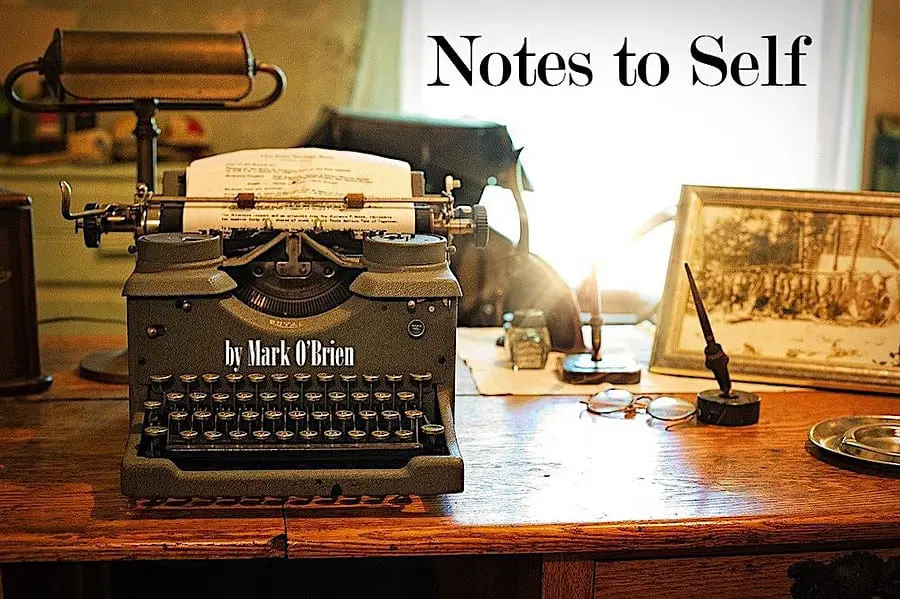
Unless you’ve lived in Outer Mongolia for a while (quite a while) or have already moved down into your survival bunker ahead of the 2024 U.S. Presidential election season that now stretches from Labor Day to Easter to allow sufficient ballot-box stuffing and counting the votes of dead people, you may have heard of Pickleball. You may even have played Pickleball. If so, you’re clearly not alone.
Believe this or not (I couldn’t) there’s even a site for USA Pickleball and a site for Pickleheads. And that’s not the worst of it.
According to the Sports & Fitness Industry Association (SFIA), more than 13.6 million people played Pickleball across the U.S. in 2023 — a 65 percent increase from the previous year (8.9 million players). The average increase in participation in Pickleball over the last three years is 223.5 percent. (?!) The USA Pickleball Places2Play Database (yes, there is such a thing) reported 11,885 known locations with Pickleball courts as of April 2024, with over 1,000 new locations added to the database. At the time, the same report mentioned a total of 50,003 known courts in the U.S.
We have to hope the $25,000 of our tax money Kamala wants to give 400,000 first-generation homebuyers (that’s $10 trillion if you’re keeping score, not counting the $10K tax credit she wants to give those 400,000 folks) will go toward putting homes on some of those pickleball courts.
And there’s more: The U.S. Pickleball equipment market size was valued at $435.5 million in 2023 and is projected to grow 5.4 percent (as opposed to 5.5 percent) between 2024 and 2032. The global Pickleball equipment market is expected to grow from $65.1 billion in 2023 to $151.00 billion by 2032. That’s almost as much Money as Kamala Harris wants to give illegal aliens in her first term in office.
What’s Going On?
The history of Pickleball (as opposed to the game) is quite fascinating. The practice of pickling — preserving foods in vinegar, brine, or similar solutions — dates to ancient Mesopotamia around 2400 B.C. The use of dill as a pickling herb originated in Sumatra and arrived in Europe about 900 A.D., particularly in Eastern Europe, where it became a staple in traditional cuisine. The specific combination of cucumbers, dill, garlic, and spices used in modern dill pickles likely developed in Poland and Ukraine, where pickling was a common method for preserving vegetables during the winter months. (Vodka was a common method for pickling people all year round.)
After getting suitably pickled, Polish and Ukrainian people would bring jars of dill pickles outside and hit the pickles at each other with butter paddles. (If they were really smashed — the people, I mean, not the pickles — they’d do it inside. But aside from the fact that it got really messy, there was no room indoors for the nets the PPF (Polish Pickle Federation) suggested using to make the occupation a little more competitive. It wasn’t until the Ukrainians codified the occupation as a sport that the EEPF (Eastern European Pickleball Federation) was formed.
Once the EEPF was formed, scoring was also codified and documented in the official EEPF Handbook of Rules and Etiquette. Prior to the publication of the Handbook, scoring was based on the amount of pickle pulp or the number of seeds that landed on either side of the net. Aside from the fact that it took so long to quantify any of that stuff, there were numerous disputes over almost every scoring call. Games of 21 points, in which the winner had to win by at least two points, would sometimes take days to complete, especially if there were disagreements on the interpretation of video replays.
To resolve those challenges, the Handbook’s rules for scoring mandated that points only be granted for pickle pieces the size of a quarter or larger, “originating from the paddle of an opposing player.” Protests ensued, but the scoring system was ultimately accepted; although, the controversy did lead to the creation of the video game, Pickle Wars. The Handbook’s etiquette rules penalized contestants from insulting each other — saying things like, “Gra się tak, jakby stopy utknęły w cemencie” (translation: You play as if your feet are stuck in cement), “Moja babcia gra lepiej niż ty” (translation: My grandmother plays better than you do), and “Jesteś picklepussem” (translation: You’re a picklepuss). If the last one of those is uttered during match play, the offending player is immediately disqualified.
While the use of balls in sports and games predates recorded history — and while the Wiffle Ball was invented in 1953 — it wasn’t until 1965 that a derivation of the Wiffle Ball was used for Pickleball. As Mary Wollstonecraft Shelley wrote in Frankenstein, “Nothing is so painful to the human mind as a great and sudden change.”
Denouement
There’s a lesson to be derived from all this, of course. But I’ll be damned if I know what it is. I do know you won’t find me on a Pickleball court, dead or alive. And I also know none of us will have to worry about it if Kamala Harris gets elected and spends 10 trillion dollars of our money to subsidize homebuilding on all those Pickleball courts.
God help us.
Originally Published on https://www.bizcatalyst360.com/category/lifecolumns/notes-to-self/
Notifications